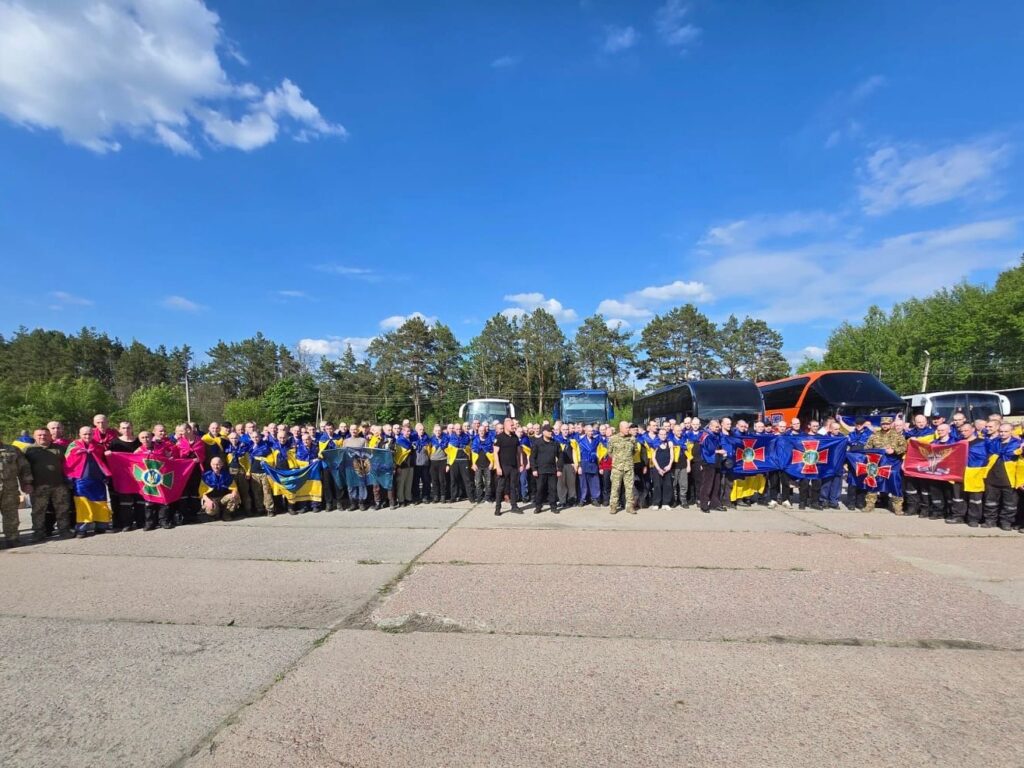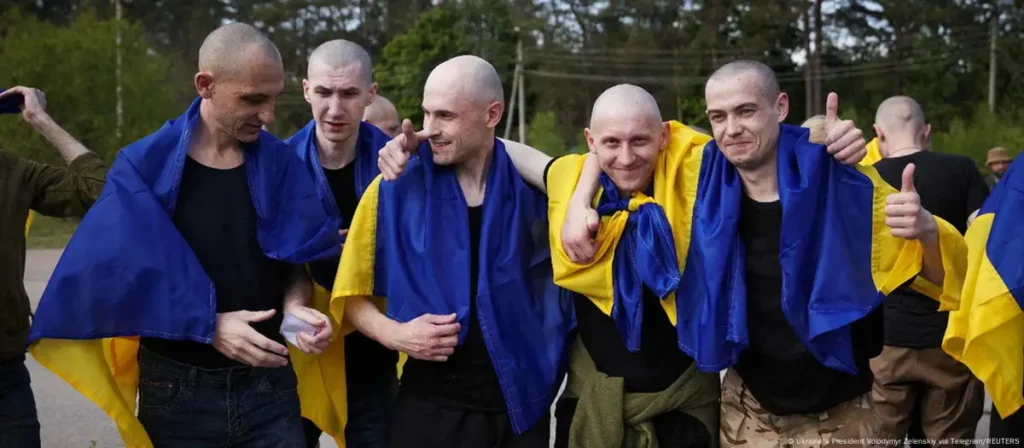KYIV, Ukraine — Ukraine and Russia completed their largest prisoner exchange since the start of the war, each side returning 390 people in a landmark deal brokered during recent talks in Istanbul, leaders from both nations confirmed Friday.

Ukrainian President Volodymyr Zelenskyy said the agreement marked the first phase of a “1000-for-1000” prisoner swap arrangement. He confirmed that Ukraine handed over 390 individuals to Russia, a figure echoed by Russia’s Defense Ministry, which specified that each country released 270 soldiers and 120 civilians.
The mass exchange is expected to continue over the weekend, with additional prisoners likely to be transferred on Saturday and Sunday. “This is just the beginning,” Zelenskyy posted on X. “Further exchanges are scheduled. We bring our people home.”
U.S. President Donald Trump was the first to publicly announce the deal earlier in the day, writing on his platform Truth Social: “A major prisoners swap was just completed between Russia and Ukraine. It will go into effect shortly.” Trump congratulated both sides and asked if the move “could lead to something big,” hinting at potential progress toward peace.
The swap, however, does not appear to signal an imminent end to the conflict. Talks between Russian and Ukrainian negotiators last week in Istanbul, the first direct dialogue in over three years, produced no agreement on a ceasefire. Trump’s proposal for a 30-day halt in fighting was rejected by both sides, though the prisoner exchange emerged as a rare point of consensus.

Moscow reiterated its position that it is open to continued negotiations, but only if Ukraine agrees to cede additional territory, disarm, and abandon aspirations to join Western military alliances. Kyiv dismissed these conditions as unacceptable, calling them a de facto surrender that would leave the nation vulnerable to future Russian aggression.
Meanwhile, the prisoner swap underscores the human toll of the prolonged war. Ukraine estimates that Russia holds between 8,000 and 10,000 of its citizens captive, while Moscow has also captured thousands of Ukrainian fighters and civilians.
Despite the exchange, there are no visible signs of de-escalation. Fighting continues across multiple fronts, and the Kremlin’s core demands remain unchanged.
While Trump has shifted U.S. policy away from direct military support for Ukraine, he has not ruled out renewed sanctions against Moscow should peace talks collapse. After a recent call with Russian President Vladimir Putin, however, he announced no immediate action, signaling a cautious approach.
The Istanbul deal marks a rare diplomatic breakthrough, but analysts say any broader resolution remains distant. As long as neither side compromises on its fundamental goals, the war shows little sign of ending.



